Malawi, often referred to as the “Warm Heart of Africa,” is a landlocked country situated in southeastern Africa. Known for its stunning landscapes, friendly people, and rich biodiversity, Malawi offers a unique blend of natural beauty and cultural experiences. From the sparkling shores of Lake Malawi to the picturesque mountains, Malawi is a hidden gem waiting to be explored. This enchanting country promises adventure and discovery, making it a must-visit destination for travelers seeking a true African experience.
Table of Contents
Geography
Malawi covers an area of approximately 118,484 square kilometers, making it one of the smallest countries in Africa. The country is bordered by Tanzania to the north, Mozambique to the east, south, and southwest, and Zambia to the west. Malawi’s diverse geography features a variety of landscapes, including high plateaus, valleys, and the famous Great Rift Valley.
Lake Malawi, one of the largest and deepest lakes in Africa, dominates the country’s geography. Stretching over 500 kilometers in length and averaging about 16 kilometers in width, the lake is a vital resource for fishing, transportation, and tourism. It is estimated that the lake contains more than 1,000 species of fish, many of which are endemic, making it a paradise for divers and snorkelers.
The lake is flanked by beautiful sandy beaches and a range of small islands, offering a peaceful escape for visitors looking to relax and enjoy water sports. Malawi’s climate is generally tropical, characterized by a rainy season from November to April and a dry season from May to October.
During the rainy season, the country experiences heavy rainfall, particularly in the central and northern regions, while the southern parts remain relatively dry. The temperature varies depending on the region, with cooler weather in the highland areas and warmer conditions near the lake. The highlands provide a refreshing respite from the heat, making them a popular destination for hikers and nature enthusiasts.
States of Malawi
Malawi is divided into three regions and 28 districts, not states. The three regions are:
- Northern Region
- Central Region
- Southern Region
Each of these regions is further divided into districts. The 28 districts function similarly to states in other countries, each with its own local government. Here is the list of Malawi’s 28 districts:
| No. | District |
|---|---|
| 1 | Blantyre |
| 2 | Chikwawa |
| 3 | Chiradzulu |
| 4 | Chitipa |
| 5 | Dedza |
| 6 | Dowa |
| 7 | Karonga |
| 8 | Kasungu |
| 9 | Likoma |
| 10 | Lilongwe |
| 11 | Machinga |
| 12 | Mangochi |
| 13 | Mchinji |
| 14 | Mulanje |
| 15 | Mwanza |
| 16 | Mzimba |
| 17 | Neno |
| 18 | Nkhata Bay |
| 19 | Nkhotakota |
| 20 | Nsanje |
| 21 | Ntcheu |
| 22 | Ntchisi |
| 23 | Phalombe |
| 24 | Rumphi |
| 25 | Salima |
| 26 | Thyolo |
| 27 | Zomba |
| 28 | Balaka |
History
Malawi’s history is rich and complex, shaped by various kingdoms, colonial influences, and political developments. The region was initially inhabited by Bantu-speaking people who migrated from central Africa around 1,000 years ago. The Maravi Empire, established in the 15th century, became one of the most powerful kingdoms in the region, known for its trade and agricultural practices.
In the 19th century, European explorers and missionaries arrived in Malawi, leading to increased interest in the region. Figures such as David Livingstone played significant roles in documenting Malawi’s natural resources and advocating for the abolition of the slave trade. The British established control over the area in the late 19th century, and Malawi became part of the British protectorate of Nyasaland in 1891. The colonial period brought significant changes to the local economy and society, leading to resistance and political movements against British rule.
Malawi gained independence from British rule on July 6, 1964, and Dr. Hastings Kamuzu Banda became the country’s first president. His government focused on development and modernization but was also marked by authoritarian rule. Under Banda’s leadership, Malawi adopted a one-party system, and political opposition was suppressed. The regime prioritized education and health care, leading to improvements in literacy rates and public health, but human rights abuses were common.
In 1994, Malawi transitioned to a multi-party democracy after years of political struggle and pressure from civil society. The first democratic elections were held, resulting in the election of Bakili Muluzi as president. This transition marked a significant turning point in Malawi’s history, allowing for greater political freedom and participation. Since then, Malawi has faced various challenges, including economic hardships, corruption, and governance issues, but it continues to strive for development and progress.
Top Ten Must-Visit Destinations
1. Lake Malawi National Park

Lake Malawi National Park is a UNESCO World Heritage site renowned for its stunning landscapes and diverse marine life. Established in 1980, it was the first national park in the world to be created to protect a lake ecosystem. The park is home to various fish species, including the colorful cichlids, making it a popular destination for snorkeling and diving. Visitors can explore the beautiful beaches, go kayaking, or simply relax by the lake’s shores. The park’s rich biodiversity and picturesque scenery make it a must-visit for nature lovers.
2. Liwonde National Park
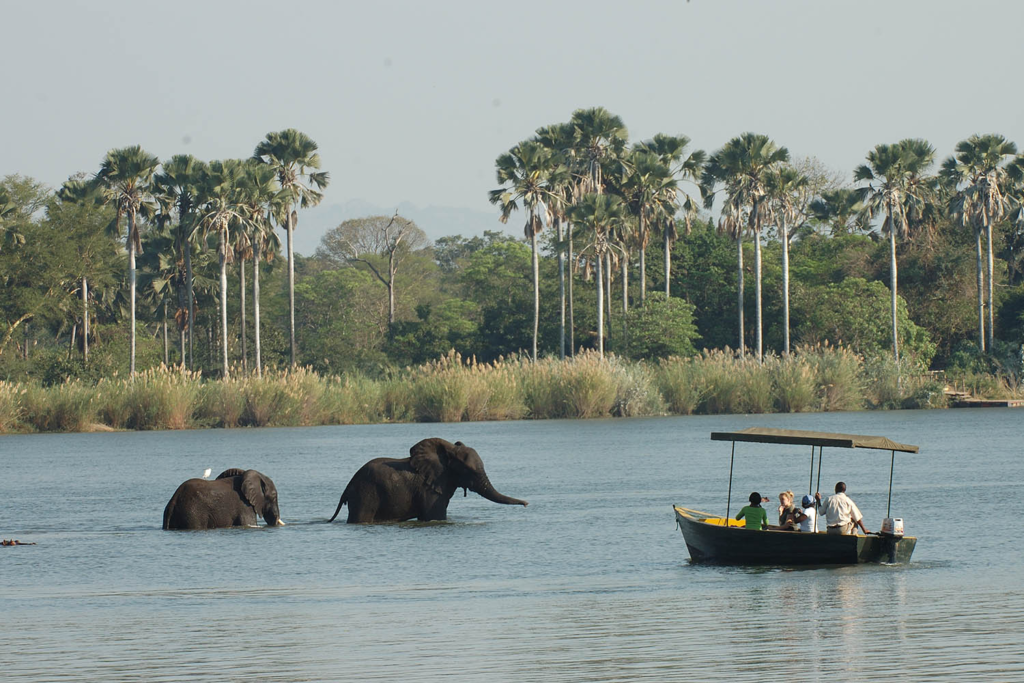
Liwonde National Park is one of Malawi’s premier wildlife reserves, offering visitors a chance to see elephants, hippos, crocodiles, and various bird species. The park is traversed by the Shire River, providing opportunities for boat safaris and guided game drives. Nature enthusiasts can immerse themselves in the park’s diverse ecosystems and stunning landscapes. The park is also home to successful conservation efforts, including the reintroduction of cheetahs and the protection of endangered species, making it an important site for wildlife preservation.
3. Mount Mulanje
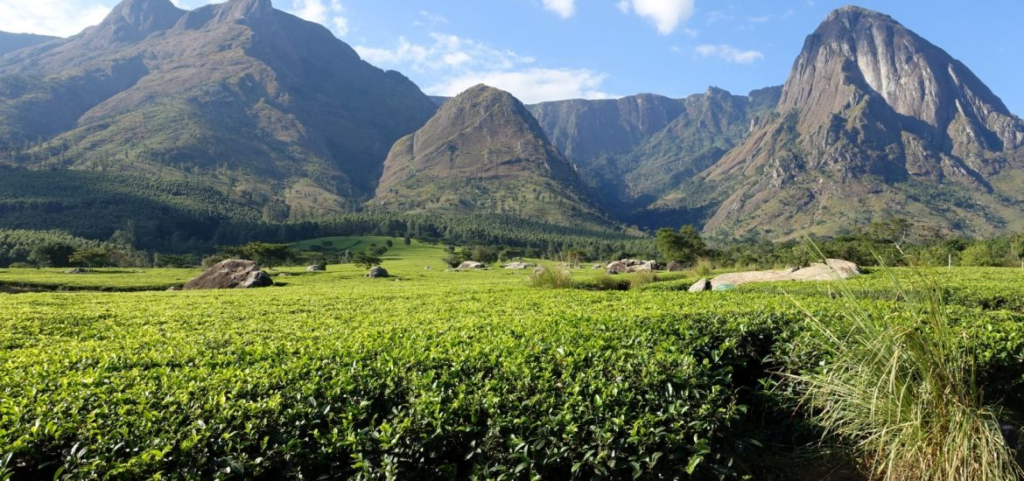
Mount Mulanje is the highest peak in Malawi, rising to 3,002 meters. The mountain offers breathtaking views, hiking trails, and unique flora and fauna. The area is known for its rich biodiversity, including rare plant species and diverse birdlife. Adventurers can explore the various routes, including the challenging trek to the summit, which provides stunning panoramic views of the surrounding landscapes. The surrounding tea plantations and lush landscapes add to the area’s charm, making it a popular destination for both hikers and nature lovers.
4. Cape Maclear
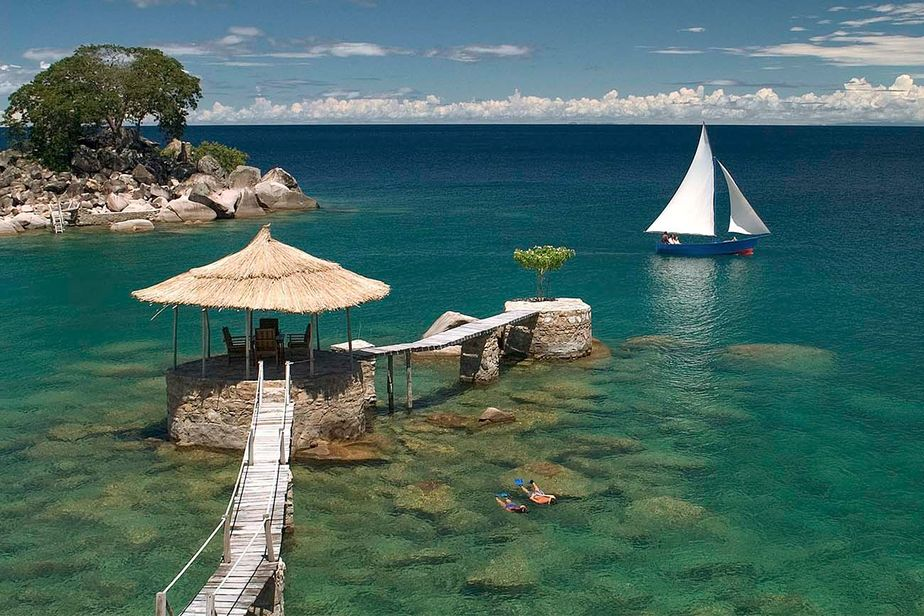
Cape Maclear is a picturesque fishing village located on the shores of Lake Malawi. Known for its stunning sunsets, sandy beaches, and vibrant atmosphere, the area is ideal for relaxation and water activities. Visitors can enjoy snorkeling, diving, or taking boat trips to nearby islands, such as Thumbi Island. The village also offers a glimpse into the local fishing culture, where visitors can interact with fishermen and learn about traditional fishing methods. Cape Maclear’s laid-back vibe and natural beauty make it a favorite among travelers seeking a serene getaway.
5. Zomba Plateau
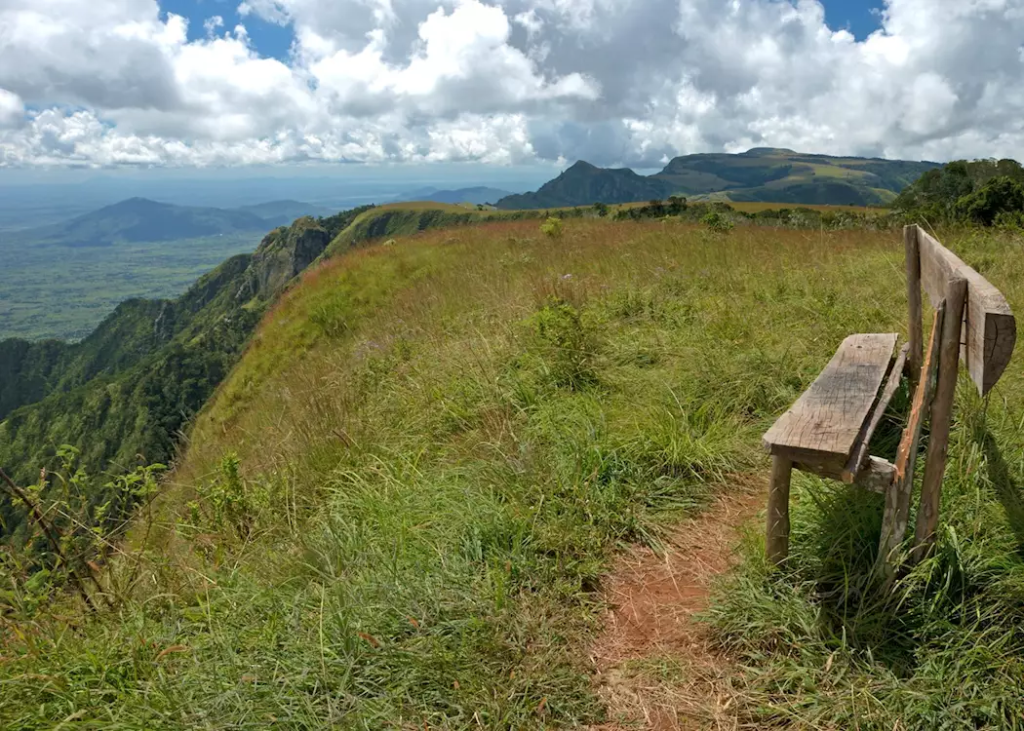
Zomba Plateau is a beautiful highland area known for its cool climate, scenic views, and lush forests. The plateau offers numerous hiking trails, waterfalls, and opportunities for birdwatching. Visitors can explore the charming town of Zomba, which was once the capital of Malawi, and enjoy the serene surroundings. The plateau is also home to the University of Zomba, one of the oldest educational institutions in Malawi. The cooler temperatures and stunning landscapes make Zomba Plateau a perfect retreat for those looking to escape the heat of the lowlands.
6. Nyika National Park

Nyika National Park is famous for its rolling grasslands, unique wildlife, and stunning landscapes. The park is home to various species, including antelope, zebras, and numerous bird species. It is also known for its rich floral diversity, with many endemic plant species. Visitors can explore the park’s diverse ecosystems, hike the trails, and enjoy picnics in picturesque settings. The park offers opportunities for both game viewing and walking safaris, allowing visitors to experience Malawi’s natural beauty up close.
7. Blantyre
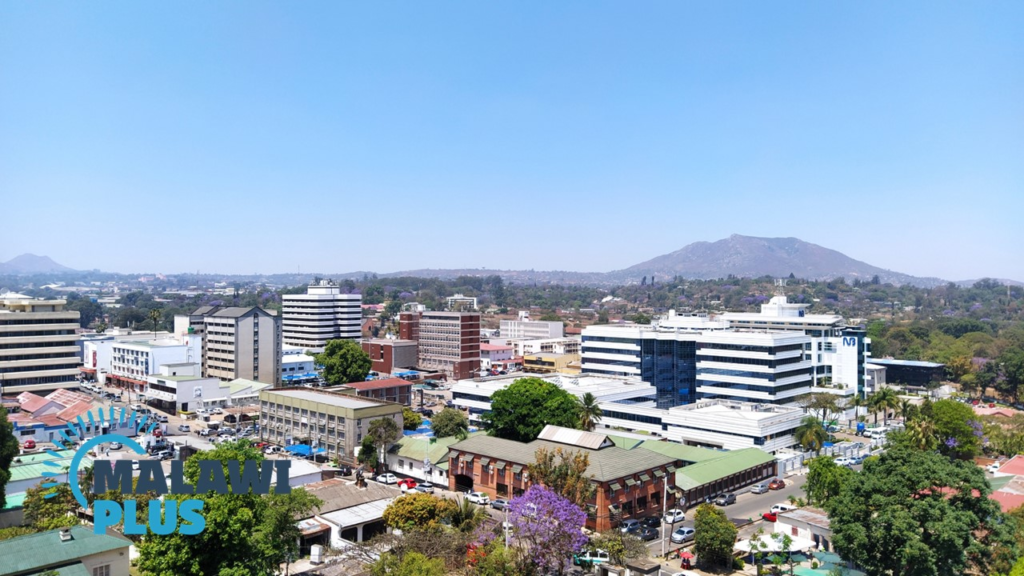
Blantyre is Malawi’s second-largest city, known for its rich history, vibrant culture, and economic significance. The city is home to various historical landmarks, including the Malawi Stock Exchange and the Chirunga Hill, which offers panoramic views of the surrounding areas. Visitors can explore local markets, museums, and cultural events. Blantyre’s lively atmosphere and blend of modern and traditional influences make it an interesting stop for travelers looking to experience urban Malawi.
8. Lilongwe

Lilongwe, the capital city of Malawi, is a bustling urban center with a mix of modern amenities and traditional culture. The city features various parks, markets, and attractions, including the Lilongwe Wildlife Centre, which focuses on conservation and rehabilitation of wildlife. Visitors can experience the local culture through markets and traditional performances. Lilongwe’s vibrant atmosphere and friendly people make it a great place to start exploring Malawi.
9. Kuti Wildlife Reserve
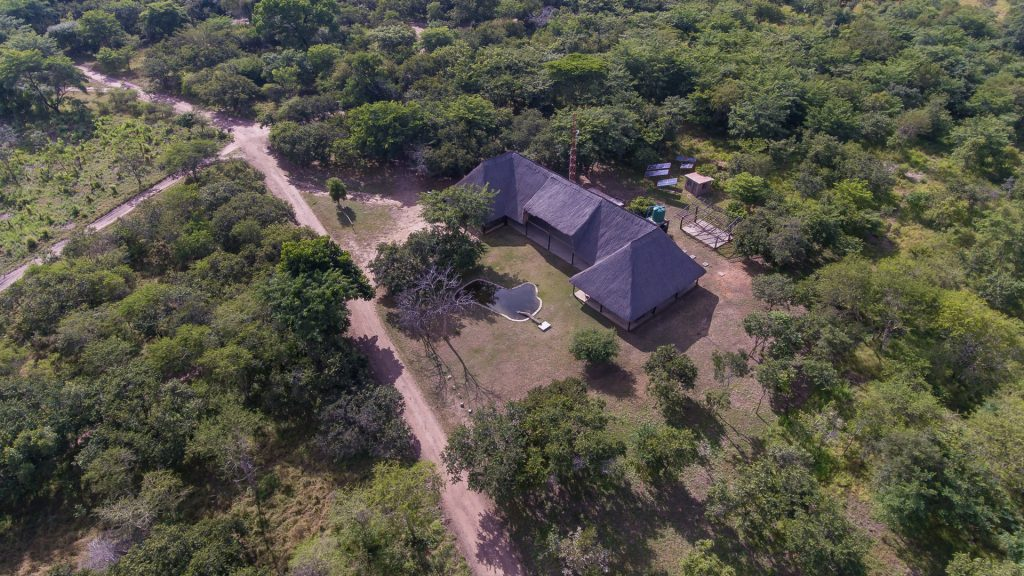
Kuti Wildlife Reserve is a community-run reserve offering visitors a chance to see various wildlife species in a natural setting. The reserve is home to antelope, zebra, and other animals, making it a great spot for game viewing and walking safaris. Visitors can enjoy guided tours, birdwatching, and community interactions, providing insight into the local culture and conservation efforts. The reserve emphasizes sustainable tourism and supports the local community, making it a responsible travel choice.
10. Senga Bay

Senga Bay is a popular tourist destination known for its stunning beaches and vibrant atmosphere. The bay is ideal for swimming, water sports, and relaxing by the lake. Visitors can enjoy local cuisine, explore nearby fishing villages, and engage in water activities, including boat rides and kayaking. The friendly atmosphere and beautiful surroundings make Senga Bay a great destination for families and groups looking for a fun and relaxing getaway.
Culture
Malawi’s culture is characterized by its rich traditions, languages, and communal values. The country is home to several ethnic groups, including the Chewa, Tumbuka, and Yao, each contributing to the cultural diversity. The official languages are Chichewa and English, with Chichewa being widely spoken among the local population. Language plays a vital role in daily life and cultural expression, with proverbs, stories, and songs reflecting the community’s values and beliefs.
Malawi’s traditional customs and practices are deeply rooted in community and family values. Social gatherings, celebrations, and ceremonies often bring people together, fostering a strong sense of belonging. Traditional music and dance play a significant role in cultural expressions, with performances often featuring vibrant attire and rhythmic movements. Chimurenga, a popular genre of music, reflects the struggles and aspirations of the Malawian people, conveying messages of unity, hope, and resilience.
The country is also known for its rich artistic heritage, with crafts such as pottery, weaving, and wood carving being prominent. Local artisans create beautiful handmade items, including baskets, jewelry, and textiles, showcasing traditional designs and craftsmanship. Visitors can find these crafts in local markets and galleries, providing insight into Malawi’s cultural expressions and supporting local artists.
Festivals
Malawi hosts various festivals throughout the year, celebrating its rich cultural heritage and vibrant community spirit. One of the most notable events is the Lake of Stars Festival, which takes place annually at Cape Maclear. This music and arts festival attracts local and international artists, showcasing diverse musical performances, art exhibitions, and cultural activities. The festival provides a platform for emerging talents and promotes tourism in the region.
Another significant festival is the Gule Wamkulu, a traditional dance ceremony performed by the Chewa people. This UNESCO-recognized cultural heritage is celebrated during important events, including initiations, weddings, and harvest festivals. The vibrant performances feature dancers adorned in colorful masks and costumes, telling stories through movement and music. Gule Wamkulu reflects the community’s cultural identity and serves as a means of preserving traditions.
The Malawi International Trade Fair is another important event that showcases the country’s economic development and opportunities. The fair brings together local and international exhibitors, promoting trade and investment in various sectors, including agriculture, tourism, and technology. It serves as a platform for networking and collaboration, contributing to Malawi’s economic growth and development.
Economy
Malawi’s economy is primarily agrarian, with agriculture employing a significant portion of the population. The country’s fertile land allows for the cultivation of various crops, including maize, tobacco, tea, and sugarcane. Maize is a staple food and a crucial part of the Malawian diet. Tobacco remains a vital export crop, contributing significantly to the country’s foreign exchange earnings. The government continues to promote agricultural diversification and value addition to enhance food security and improve livelihoods.
In recent years, Malawi has been working to diversify its economy by promoting tourism, mining, and manufacturing sectors. The country has vast natural resources, including minerals like uranium and gold, which are being explored for potential development. The government is also investing in infrastructure projects to improve connectivity and support economic growth.
Cuisine
Malawi’s cuisine is diverse and flavorful, reflecting the country’s agricultural abundance and cultural influences. The staple food is nsima, a thick porridge made from maize flour, typically served with various side dishes, including vegetables, meat, or fish. Nsima is a central part of Malawian meals and is often accompanied by sadon, a savory sauce made from groundnut or tomato.
Other popular dishes include chambo (a type of fish from Lake Malawi), kapenta (small dried fish), and various vegetable stews. Spices and herbs, such as garlic and ginger, are commonly used to enhance flavors. The cuisine emphasizes fresh ingredients, with many families growing their vegetables in home gardens.
Street food is also prevalent in Malawi, with vendors offering a range of snacks, including mandasi (fried dough), samosas, and grilled meats. These delicious treats are a popular choice for locals and visitors alike, providing a taste of authentic Malawian flavors.
Top Eight Most Famous Food
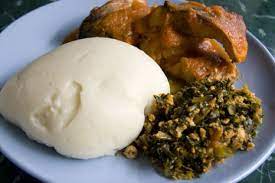

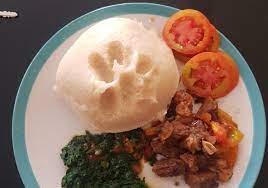
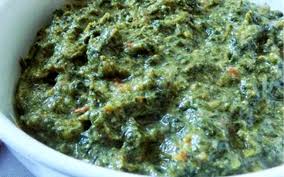

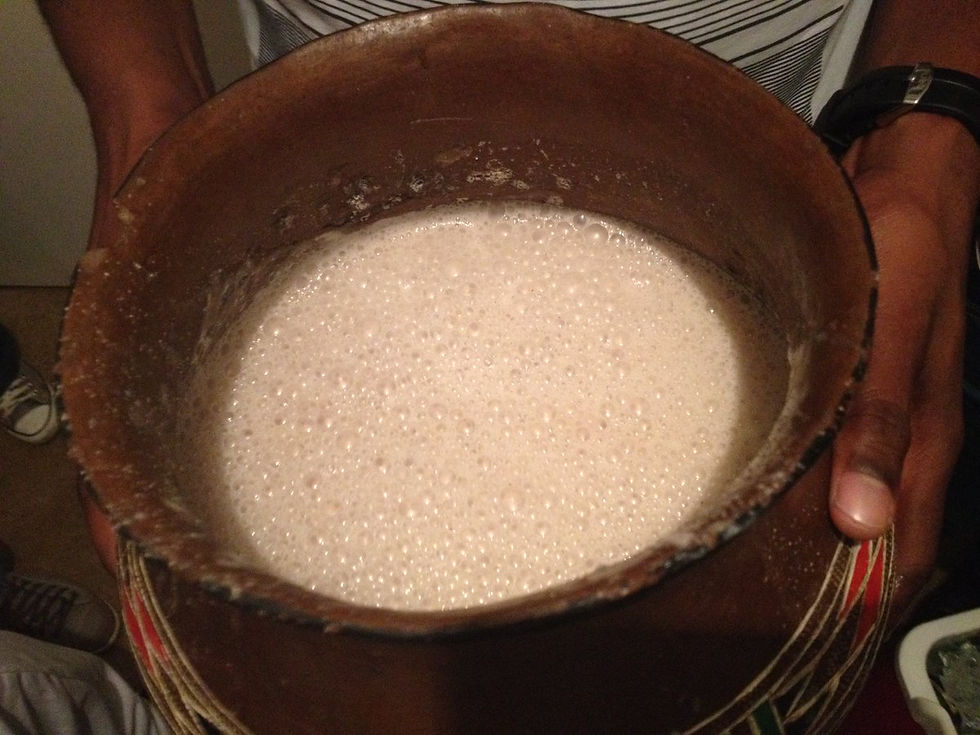

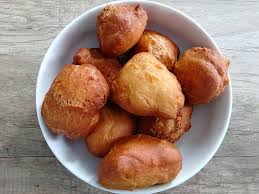
Interesting Facts
- Malawi is home to one of the largest lakes in Africa, Lake Malawi.
- The country has over 1,000 species of fish, making it a hotspot for biodiversity.
- Malawi is known as the Warm Heart of Africa for its friendly people and welcoming culture.
- The first national park to be created to protect a lake ecosystem is Lake Malawi National Park.
- Nsima is the staple food and is served with various side dishes in Malawian cuisine.
- Malawi has a rich tradition of music and dance, with Chimurenga being a popular genre.
- The country has a significant number of endemic plant and animal species due to its diverse ecosystems.
- The Gule Wamkulu dance is a UNESCO-recognized cultural heritage of the Chewa people.
- The Lake of Stars Festival celebrates music and arts, attracting local and international talents.
- Malawi’s economy relies heavily on agriculture, with maize being a staple crop.
Conclusion
Malawi is a captivating destination that enchants visitors with its stunning landscapes, rich culture, and warm-hearted people. From the pristine shores of Lake Malawi to the breathtaking heights of Mount Mulanje, the country offers a diverse array of experiences for travelers seeking adventure and cultural immersion. As Malawi continues to embrace its identity and work toward sustainable development, it remains a treasure trove of natural wonders and cultural heritage, inviting all to explore its beauty and magic.

